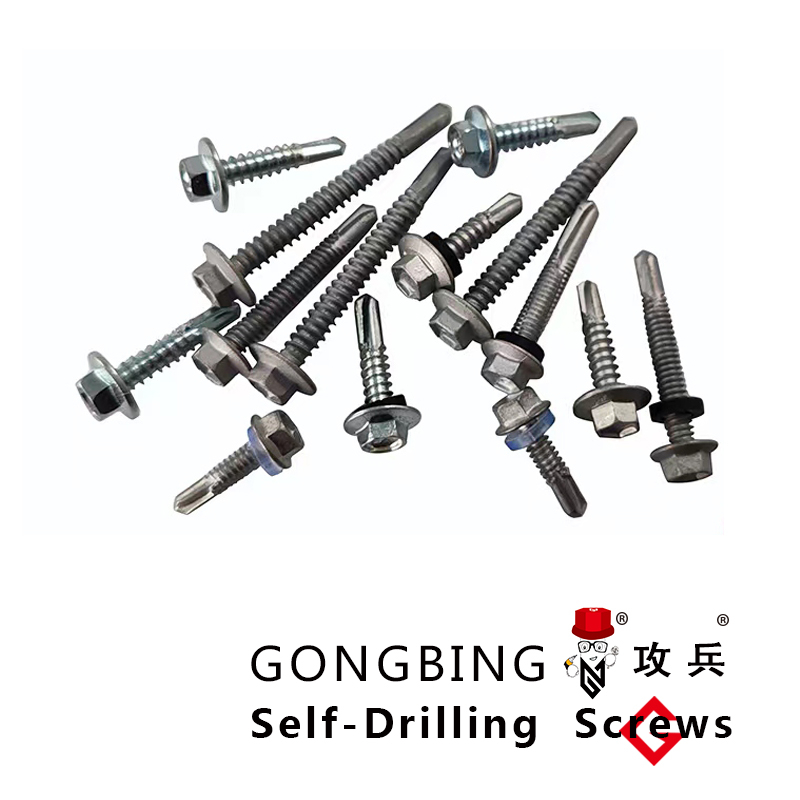Innovative Chemical Anchors for M12 Fastening Solutions in Construction and Engineering
The Importance and Applications of Chemical Anchors A Focus on M12 Systems
Chemical anchors have become increasingly popular in construction and engineering applications due to their reliability and strength. Among the various types available, the M12 chemical anchor stands out for both its effectiveness and versatility. This article delves into what chemical anchors are, the significance of the M12 size, their applications, and the installation process.
Chemical anchors consist of a resin-based adhesive that is injected into a pre-drilled hole in concrete, masonry, or other substrates. The anchor itself is inserted into the adhesive, and as the resin cures, it bonds the anchor to the substrate, creating a secure and robust connection. One of the major advantages of chemical anchors is their ability to provide higher load capacities than traditional mechanical anchors, making them ideal for demanding environments.
The M12 chemical anchor designation refers to its size, specifically indicating a bolt diameter of 12 millimeters. This size is commonly used in various settings due to its balance between size and load-bearing capability. M12 anchors are suitable for both light and heavy-duty applications, allowing them to be used in a range of construction projects from residential buildings to industrial installations.
One of the most significant advantages of using M12 chemical anchors is their excellent resistance to environmental factors. Unlike mechanical anchors that can be affected by vibrations or temperature fluctuations, chemical anchors form a stable bond that can withstand harsh conditions. This makes them especially reliable for outdoor applications, in areas prone to seismic activity, or where the structural integrity is paramount.
chemical anchor m12

M12 chemical anchors are widely used in various applications, including the installation of facade systems, handrails, equipment support systems, and electrical fixtures. In large-scale construction, they offer solutions for securing structural steel, precast concrete elements, and various types of machinery. Their ability to be employed in both vertical and horizontal applications further enhances their versatility.
The installation process for M12 chemical anchors involves several steps to ensure a secure and successful application. Initially, the area where the anchor is to be installed must be marked and drilled to the appropriate depth and diameter. After preparing the hole, it is important to clean the dust and debris to ensure maximum adhesion. The resin is then mixed according to the manufacturer's instructions, and it is essential to apply the resin adequately into the drilled hole.
Once the resin is in place, the M12 anchor is inserted, ensuring it is twisted slightly to allow for an even distribution of adhesive. It is crucial to allow the resin to cure fully before applying any load to the anchor, as this will ensure the integrity of the bond. Depending on the type of resin used, curing times can vary, so following the manufacturer's guidelines is key.
In conclusion, M12 chemical anchors provide an effective and reliable solution for various construction and engineering needs. Their high load capacity, resistance to environmental factors, and versatility make them a preferred choice in many applications. As the construction industry continues to evolve, the demand for such robust anchoring solutions is likely to increase, further solidifying the role of M12 chemical anchors in building secure and durable structures.
-
Weatherproof Plastic Expansion Anchors for OutdoorNewsJun.06,2025
-
Sustainability in the Supply Chain: Eco-Friendly TEK Screws ProductionNewsJun.06,2025
-
Load-Bearing Capacity of External Insulation FixingsNewsJun.06,2025
-
Double Head Bolts: Enhancing Efficiency in Industrial MachineryNewsJun.06,2025
-
Corrosion Resistance in Chipboard Screws: Coatings for Wholesale DurabilityNewsJun.06,2025
-
Butterfly Toggle Bolts : Enhancing Structural ResilienceNewsJun.06,2025
